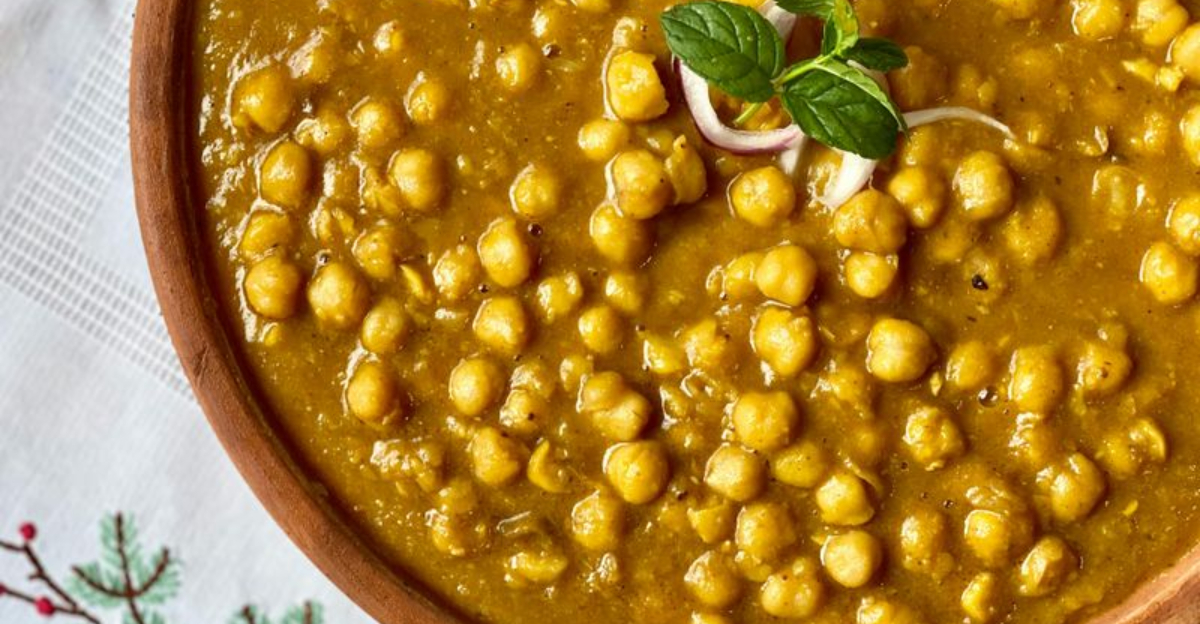10 Deliciously Divisive Foods You Either Love Or Hate
Some foods have a way of dividing the room the moment they hit the table.
One person’s comfort bite is another’s culinary nightmare, and there’s rarely any middle ground. Maybe it’s the bold smell, the unusual texture, or a flavor that triggers memories you can’t quite shake.
From love-it-or-hate-it classics to controversial global favorites, these foods remind us that taste isn’t just about what’s on your plate – it’s about who you are, where you’ve been, and what you’re willing to try again.
This article is for general information and entertainment. Food histories, brand practices, and scientific findings can evolve; individual health needs and tolerances vary. Always check labels and follow dietary guidance appropriate for you. No endorsement of specific products or brands is implied.
1. Cilantro

For some people, cilantro tastes like sunshine in herb form, bright, citrusy, and absolutely essential to tacos and pho. But if you carry a certain gene, this leafy green tastes exactly like dish soap mixed with metal shavings.
Scientists discovered that OR6A2, a specific smell receptor gene, makes cilantro unbearable for about 14% of the population. Your DNA literally decides whether you’re team cilantro or team “get that away from me.”
2. Black Licorice
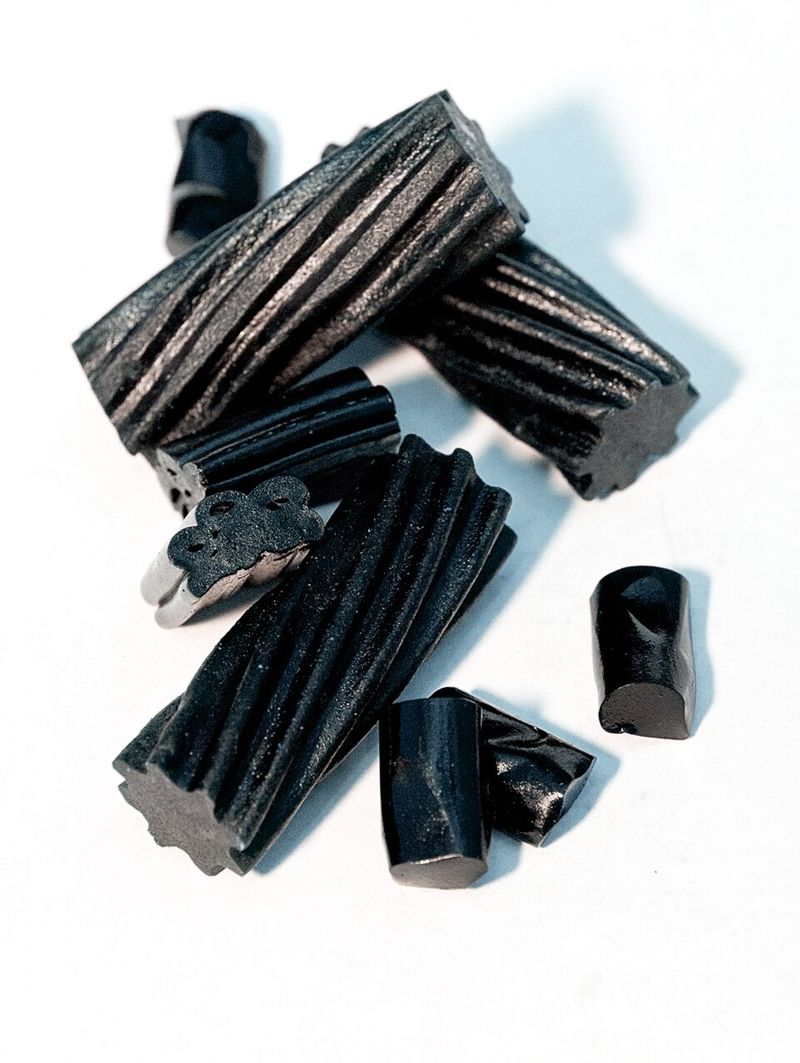
This jet-black candy divides candy aisles everywhere. Lovers describe it as sweet, complex, and nostalgic – like a hug from grandma’s candy dish.
Haters? They claim it tastes like cough syrup had a baby with tire rubber. The anise flavoring comes from licorice root extract, which contains compounds that mimic the taste of certain medications. Fun fact: eating too much real black licorice can actually mess with your potassium levels, so moderation matters here!
3. Blue Cheese
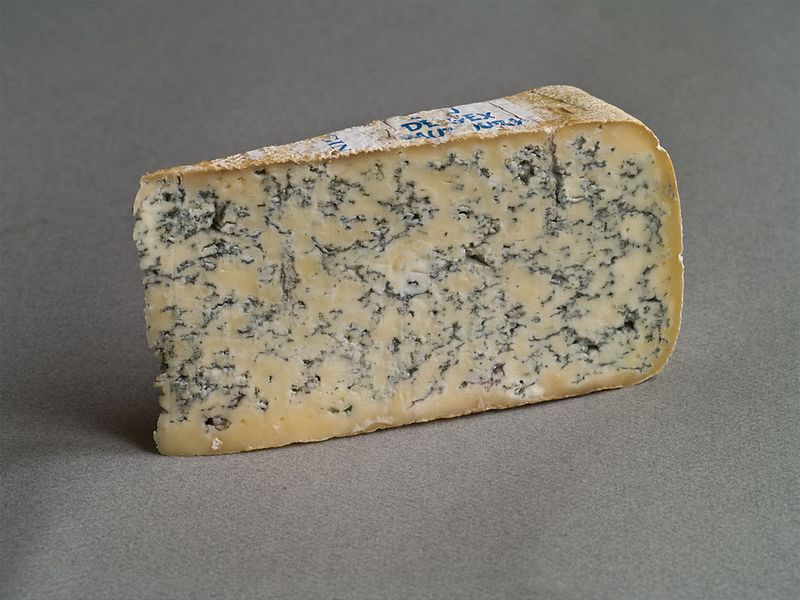
Imagine cheese that smells like a gym locker but tastes like heaven to some folks. Blue cheese gets its funky flavor from Penicillium mold cultures deliberately added during production.
Fans adore the tangy, sharp, almost spicy kick that makes salads and burgers legendary. Critics argue it’s basically eating moldy dairy on purpose. Both sides are technically correct, which makes this debate absolutely hilarious and totally valid at the same time.
4. Olives
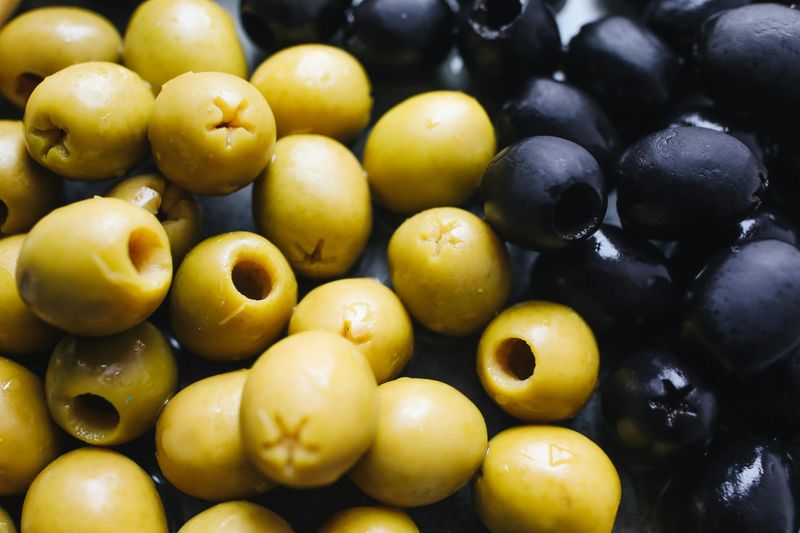
How can something so small cause such big disagreements? Olives pack an intense briny punch that olive lovers crave like treasure.
Whether green, black, Kalamata, or stuffed with pimentos, these Mediterranean gems offer a savory depth that feels ancient and sophisticated. Meanwhile, olive haters recoil at the salty, bitter, almost rubbery texture. Interestingly, many people develop a taste for olives over time – childhood taste buds often reject what adult palates eventually celebrate.
5. Anchovies

These tiny fish pack massive umami flavor that can make or break a pizza night. Anchovy enthusiasts know they’re the secret weapon in Caesar dressing and puttanesca sauce, adding depth without tasting fishy.
But mention anchovies on pizza and watch the room divide faster than a superhero civil war. Critics complain about the intense saltiness and fishy aroma. However, when used right, anchovies dissolve into dishes, leaving only savory magic behind.
6. Durian

Nicknamed the king of fruits, durian rules Southeast Asia with an iron fist – or rather, a stinky smell that’s banned from hotels and public transit.
Fans describe the creamy, custard-like flesh as sweet heaven with hints of almond and caramel. Opponents claim it smells like garbage mixed with gym socks soaked in turpentine. Scientists found durian contains 44 aromatic compounds, which explains why its smell is so powerfully divisive and unforgettable.
7. Marmite

Britain’s most controversial breakfast spread literally owns its divisiveness with the slogan “Love it or hate it.” Marmite delivers concentrated yeasty, salty umami that’s basically a flavor explosion in a jar.
Spread thin on buttered toast, devotees claim it’s pure genius – packed with B vitamins and deeply savory satisfaction. Critics argue it tastes like salty sadness mixed with brewer’s leftovers. Though technically made from yeast extract, Marmite remains one of the world’s most polarizing condiments.
8. Natto
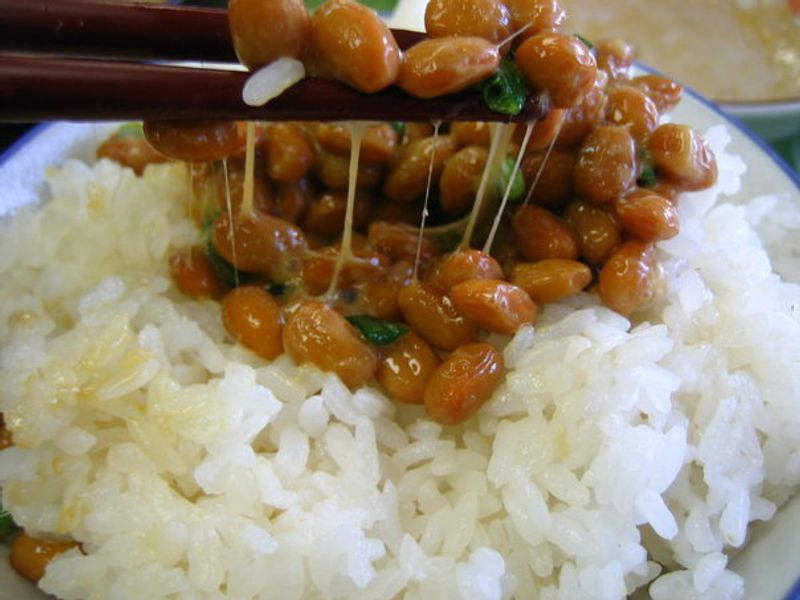
Japan’s breakfast staple looks like beans that got caught in an invisible spiderweb. Natto’s sticky, stringy texture comes from fermentation by Bacillus subtilis bacteria, creating those famous gooey threads.
Lovers appreciate the nutty, earthy flavor and impressive health benefits, it’s loaded with protein, probiotics, and vitamin K2. Haters focus on the pungent smell and slimy consistency that feels wildly unfamiliar to Western palates. Stirring natto vigorously before eating supposedly improves both flavor and texture.
9. Pineapple On Pizza

No food debate gets more heated than this tropical topping controversy. Hawaiian pizza fans defend the sweet-savory combo with the passion of a thousand suns, pineapple’s juicy brightness balances salty ham perfectly.
Critics argue that fruit has absolutely zero business hanging out with cheese and tomato sauce. Invented in Canada (not Hawaii!) in 1962 by Sam Panopoulos, this pizza style continues sparking friendly arguments at dinner tables worldwide. Just saying – even presidents have weighed in.
10. Oysters
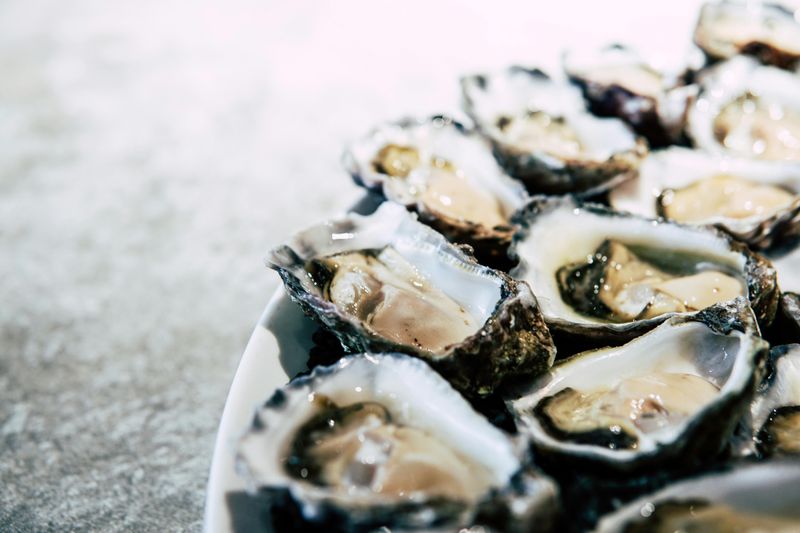
Slurping raw oysters feels either incredibly fancy or completely horrifying depending on who you ask. Oyster lovers praise the briny, mineral-rich flavor that tastes exactly like the ocean in one slippery bite.
The cold, jiggly texture and seafood intensity send others running. Interestingly, oyster flavor varies wildly based on where they’re harvested, East Coast oysters taste saltier while West Coast varieties lean sweeter and creamier. They’re also nutrition powerhouses loaded with zinc and omega-3s.

